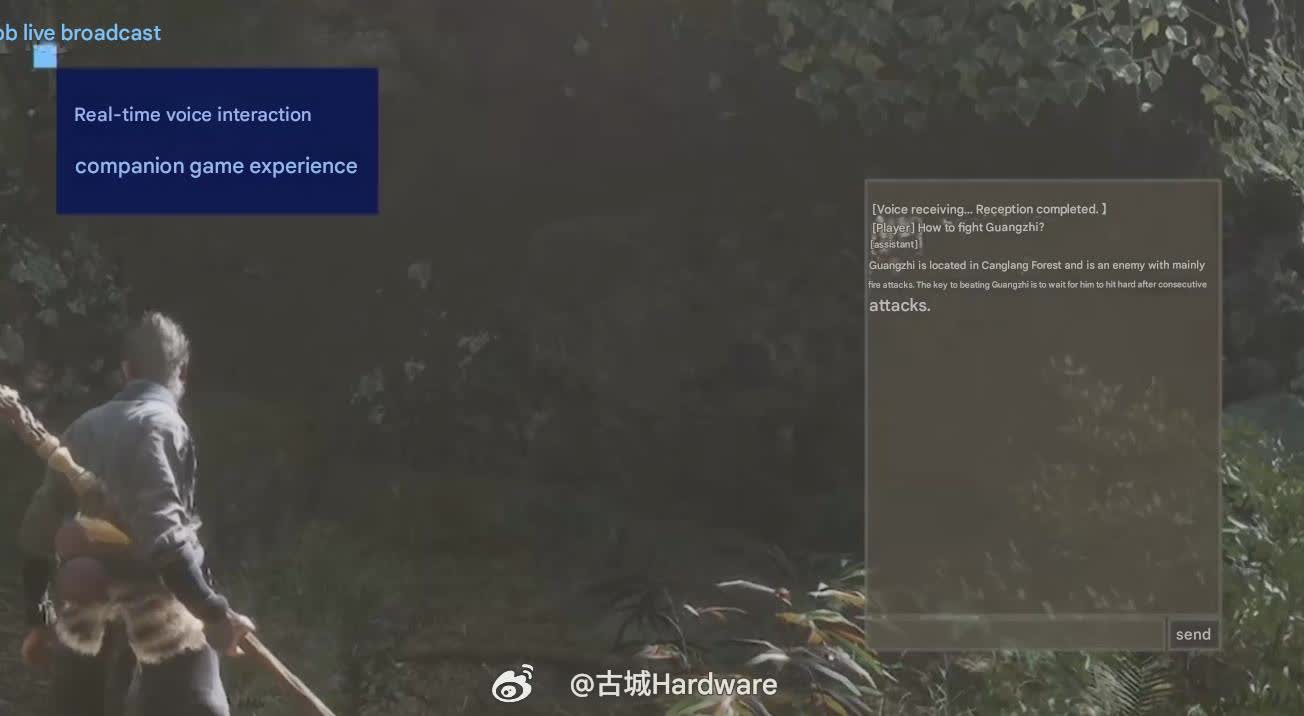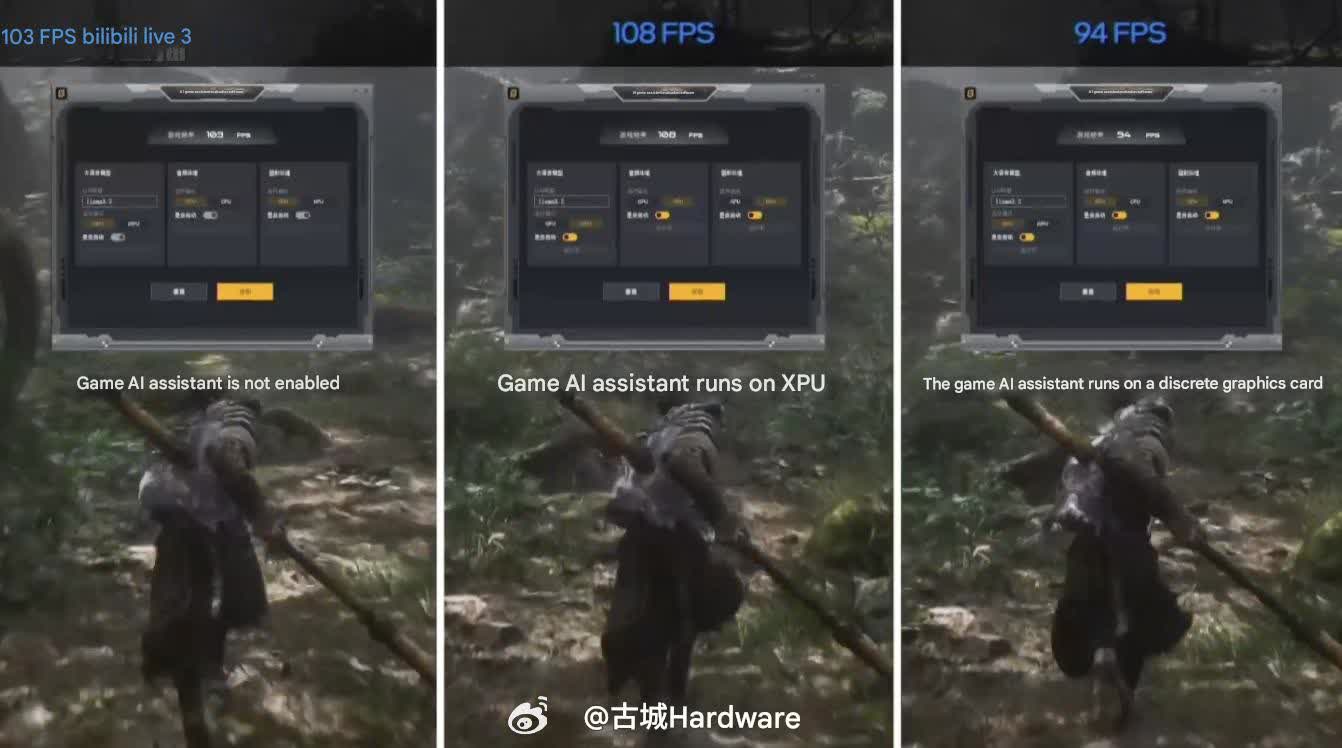One thing to stay up for: Microsoft, Nvidia, and now Intel are working to show gaming assistants into a brand new promoting level for generative AI. Whereas Nvidia argues that its GPUs are the very best instruments for native AI workloads, Home windows and Intel have tried to display the advantages of utilizing NPUs to dump duties from graphics chips throughout gameplay. Nonetheless, not one of the proposed assistants has undergone intensive real-world testing.
Intel just lately showcased how operating generative AI packages on its new NPUs may profit players. Though a number of corporations have promoted the gaming-related potential of NPUs, these advantages stay largely unproven.
In Intel’s demonstration, a generative AI mannequin – probably a generic third-party assistant – offered gameplay recommendation throughout a session of Black Fable: Wukong, operating on an unspecified Arrow Lake Core Extremely 200HX processor, presumably in a gaming laptop computer. The assistant responded to a spoken query utilizing real-time voice integration and retrieved an internet video displaying learn how to defeat a boss.
It stays unclear whether or not the demonstration featured actual gameplay or just idea footage. Microsoft beforehand used idea reels to current its upcoming Copilot gaming AI coach, which is meant to offer real-time ideas in video games like Minecraft and Overwatch whereas operating on a Qualcomm Snapdragon X chip. No actual footage exists but, however Xbox Insiders can start testing the function on cell units subsequent month.
Additionally learn: NPU vs. GPU: What is the Distinction?
Intel’s presentation additionally highlighted potential efficiency features from operating AI fashions on NPUs. Activating the assistant boosted Wukong’s framerate from 103 to 108 FPS, whereas operating the identical mannequin on the GPU precipitated a drop to 94 FPS.
Nvidia’s gaming assistant, which runs on GPUs with a minimum of 12GB of VRAM, is obtainable within the newest model of the corporate’s desktop app. Nonetheless, quite than providing gameplay steerage, it focuses on efficiency optimization.
Arrow Lake is an attention-grabbing selection for Intel’s demonstration, on condition that the Core Extremely 200HX and desktop 200K processors obtain solely 13 TOPS (trillions of operations per second) of AI efficiency.
If gaming AI assistants carry out as promised, they need to theoretically run significantly better on newer pocket book and handheld platforms like Intel’s upcoming Lunar Lake Core Extremely 200V or AMD’s Strix Level Ryzen AI 300, which might attain as much as 50 TOPS. Benchmarking an assistant on laptops or newer handheld gaming PCs outfitted with these chips may yield attention-grabbing outcomes.






